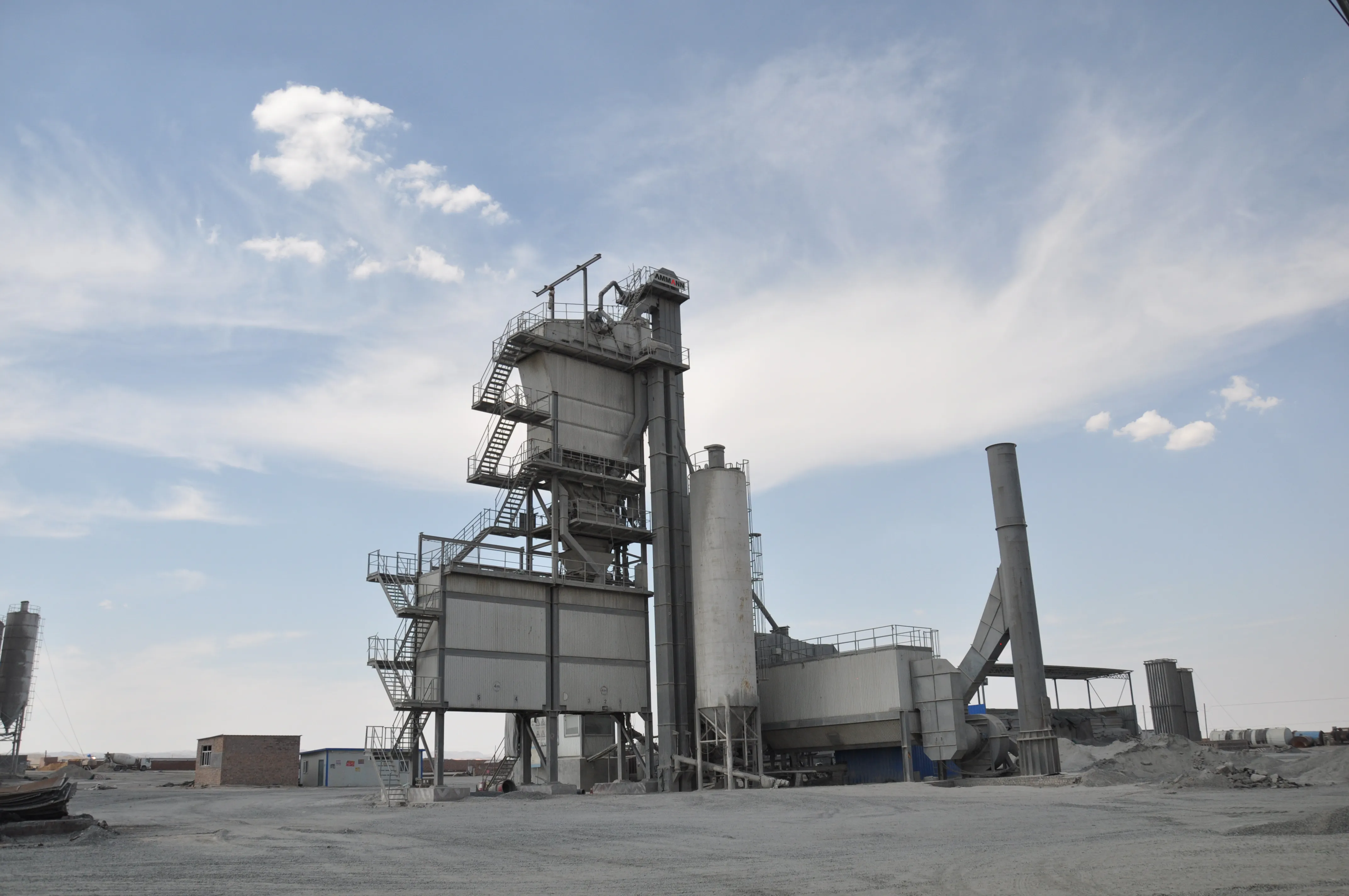
A crane firm in Ecuador, Transportes Noroccidental, has added four new
“We own several Terex crane models and are happy with the performance and durability of these machines,” explained Edgar Fabian Andrade, CEO of Transportes Noroccidental.
With a 90tonne capacity and a five-section, full hydraulic boom that extends to 47m, the Terex RT 100US rough terrain crane is more than capable of assembling and disassembling drilling equipment.
The four Terex RT 100US cranes alsofeature the IC-1 control system, which offers touchscreen operation and advanced diagnostics for ease of service. Electro-proportional joysticks, an integrated system design and four steering modes, including two-wheel, four-wheel, crab and independent rear axle steering, allow the operator to position the machine easily.
Transportes Noroccidental has already deployed the four Terex RT 100US cranes into its operations.









